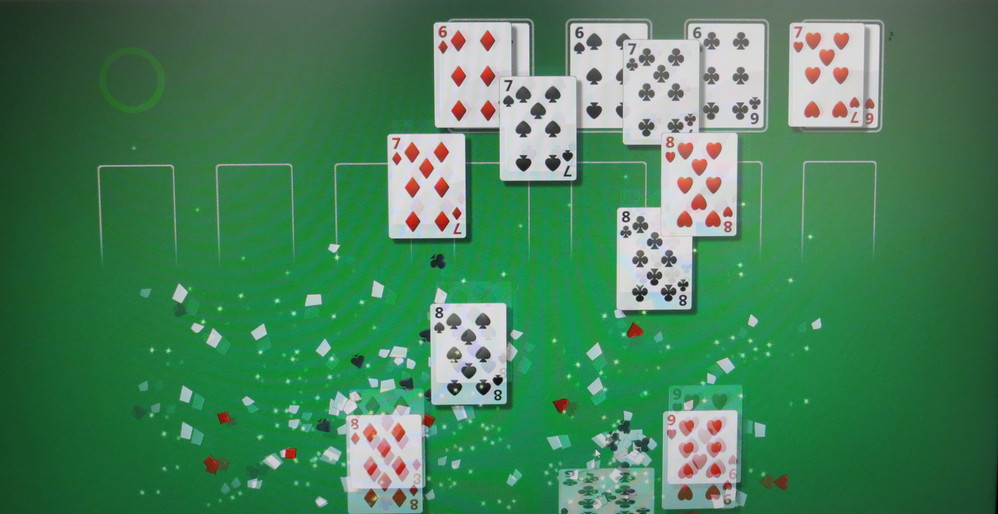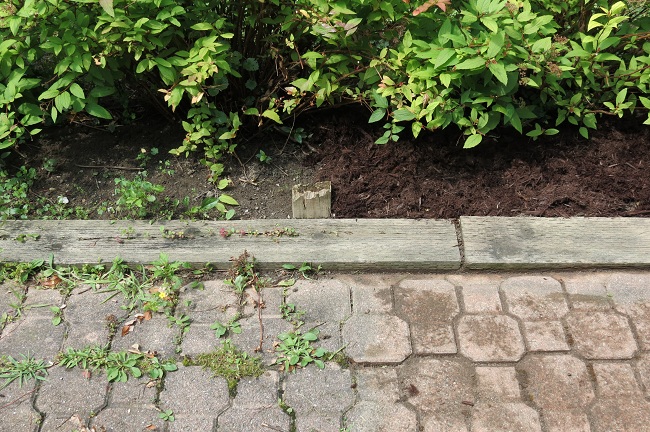RS25: Where Love Goes, Miracles Follow
J: I’d like to begin today with a quote from the text you were reading the other day — the scroll fragment that deals with exorcism as it was usually handled in my time (Dead Sea Scroll 4Q560)*:
Col. 1 [. . .] the midwife, the punishment of those who bear children, any evil madness or d[emon . . .] [. . . adjure you, all who en]ter into the body: the male Wasting-demon and female Wasting-demon [. . . I adjure you by the name of the Lord, “He Who re]moves iniquity and transgressions” (Exod. 34:7), O Fever-demon and Chills-demon and Chest Pain-demon [. . . You are forbidden to disturb by night using dreams or by da]y during sleep, O male Shrine-spirit and female Shrine-spirit, O you demons who breach [walls . . . w]icked [. . .] Col. 2 before h[im . . .] before him and [. . .] And I, O spirit, adjure [you against . . .] I adjure you, O spirit, [that you . . . ] On the earth, in clouds [. . .] (Translated by Michael O. Wise)
A lot of words are missing from the fragment, but you get the picture. Illness is ascribed to demons. Cures are ascribed to the power of magical words, words spoken in ritualistic ways by Jewish magicians. The magicians would have used magical amulets, too, and divining tools (though technically these were forbidden by Jewish orthodoxy). Also drugs that were transmitted in the form of incense and smoke. People today forget that opium and other narcotics were well known in my time.
These magicians were experts in chicanery. They worked in teams, with one man acting as the wandering magician desperate to save people from demons, and others seeding themselves into the crowds to look for vulnerable targets. They would listen to the talk of the people around them, scope out the stories that could be copied by the scammers themselves, then mimic the symptoms so they could be dramatically and publicly “saved” by the magician. It’s an old scam.
A: It was the faith healing scam of your day.
J (nodding): People today read the prohibitions in the Jewish Scriptures against magic and divining and later prophecy and other occult practices, and they assume that Jews in the Second Temple period obediently followed these tenets of Judaism. Archaeological finds prove they did not. From the time of the Alexandrian conquest onward, Jews became a rather superstitious lot, just like their Hellenistic neighbours. Regular people carried magic amulets and regularly spoke magic spells and chants. They also believed in the power of curses. When magicians found formulas that seemed to work, they wrote them down. This is why archaeologists have found so many ancient magical codices and scrolls.
A: Biblical Archaeology Review has had some interesting articles on this topic in recent years. There’s also some evidence for Jewish necromancy in the early centuries of the common era — the use of human skulls with inscriptions written on them (though these are pretty rare).
Most practitioners of magic used bowls, it seems. According to BAR, “the largest body of inscriptions from ancient Judaism is the collection of more than 2,000 magic bowls from Talmudic Baylonia (present-day Iraq) from the fifth-eighth centuries C.E. These bowls were inscribed in Aramaic with incantations against demons.”**
I think it just goes to show that within every religious tradition there are always pockets of people who are drawn to the most extreme ways to try to control the Law of Cause and Effect — which is what magic is all about.
J: Not that this has changed . . . There are still plenty of pious religious folk who believe far more in magic (the Law of Cause and Effect taken to its logical, gory extremes) than in compassion or healing or forgiveness.
A: So Paul’s followers — and the John the Baptist’s followers — wouldn’t have seen anything too radical or different in the magical claims made by Paul and John. They would have expected to hear how they themselves could participate in this new way of controlling the Law of Cause and Effect. It wouldn’t have surprised them to hear claims about name magic and power over demons.
J: It would have surprised them to not hear these claims.
A: So you surprised people, then.
J: Once I got to the point in my life where I deeply trusted God’s love, God’s forgiveness, and God’s infinite goodness, there was only one path open to me — the path of girding my loins with science and faith instead of victory and vengeance. It’s pretty hard to keep looking for victory and vengeance when you’re absolutely convinced God loves all people equally. I had no religious books to guide me — not ones I trusted or respected, anyway — so I had to start from scratch. I had to start from first principles.
A: Can you give an example of that?
J: It’s a process of reexamining everything you once believed in, so it’s not simple and it’s certainly not straightforward. It’s like being handed a huge lapful of intertwined yarns and being told you have to untangle all the different threads and sort them by colour and weight before you can do anything else. At first it looks like a gigantic job, an insoluble task. But eventually you realize that if you’re patient and observant and careful in your actions, you can gradually sort out the mess.
A: You mean you’re not supposed to take a hatchet to the ball of yarns and split them apart in one fell swoop?
J: That was the Roman way. Got a mess? Fix it with a sword!
No, this way — the angel way — was much more tedious. The idea was not to fix things by destroying annoying people and places. The idea was to untangle all the threads, examine them individually, see the ways in which each was unique and relevant to healing, then weave them together into something new — into a beautiful tapestry instead of a useless, tangled mess.
A: How very un-Roman of you.
J: It was also un-Jewish. And un-Greek. And un-Egyptian. So I got in everyone’s face with my theories.
A: I’d like to go back to the point you raised about God’s loving all people equally. How did you get to this place of understanding? And how did it affect your ministry?
J: I came to understand the meaning of God’s love through my experiences as a mystic. I didn’t set out to become a mystic, but it turned out that way. My heart kept opening wider and wider to the experience of compassion for others, and I started noticing how much pain regular people were in — the women, the children, the slaves, the poor, the ill, the disadvantaged. I couldn’t not care. I couldn’t turn away from their hearts. I decided I had to do something. This was the “faith” part of my journey.
Once I claimed this knowledge fully, and made it part of the very fibre of my being, part of my core essence, I had the strong foundation I needed to reexamine and reappraise all questions about healing through the lens of my trust in God. I had to take it one question at a time, but the important thing is that I was willing to ask hard questions. I was willing to challenge cultural assumptions. I was willing to accept the evidence of my own senses in place of somebody else’s words.
I’ve always found it bizarre that Christianity has insisted on calling me “the Word” incarnate when I was the person least likely to rely on words or law or philosophical “truth.” I believed in what the world of science and nature taught me. I had little respect for words. Hypocrisy had a way of appearing as a magic cloak of many words.
A: Albert Einstein once said, “It is the theory which decides what we can observe.” (I have this saying on my fridge.)
J: Yes. This relates to the brain’s function. If you tell the brain that only Cause and Effect exist, it will only look for Cause and Effect. If you tell the brain there is Divine Love which interacts in unpredictable and heart-stopping ways with Cause and Effect, the brain will be able to see what’s actually there. It will be able to see the quantum events that are taking place all around life on Planet Earth. It will be able to see miracles.
A: The brain won’t reject the evidence that’s in front of it.
J: Miracles are invisible — literally invisible — to the brain of a person who has staked everything on the Materialist view of Creation. This includes devout Christians who uphold the teachings of Paul. Paul was a Materialist who didn’t believe in the mystery and immensity of Divine Love — its curious blend of order with chaos, linear with non-linear, female with male, mind with heart, logic with passion. Paul couldn’t see love. So he also couldn’t see miracles. Love and miracles go together like two peas in a pod. You can’t have one without the other.
A: Where love goes, miracles follow.
J: As anyone who has ever known real love will tell you.
* Michael Wise, Martin Abegg Jr., and Edward Cook, trans., The Dead Sea Scrolls: A New Translation (New York: HarperCollins–HarperSanFrancisco, 2005), p. 566.
** See the Book Review by Michael D. Swartz on page 70 of the Sept./Oct. 2010 issue of Biblical Archaeology Review. Swartz is reviewing an exhibition catalogue called Angels and Demons: Jewish Magic Through the Ages, edited by Filip Vukosavovic (Jerusalem: Bible Lands Museum, 2010).






























